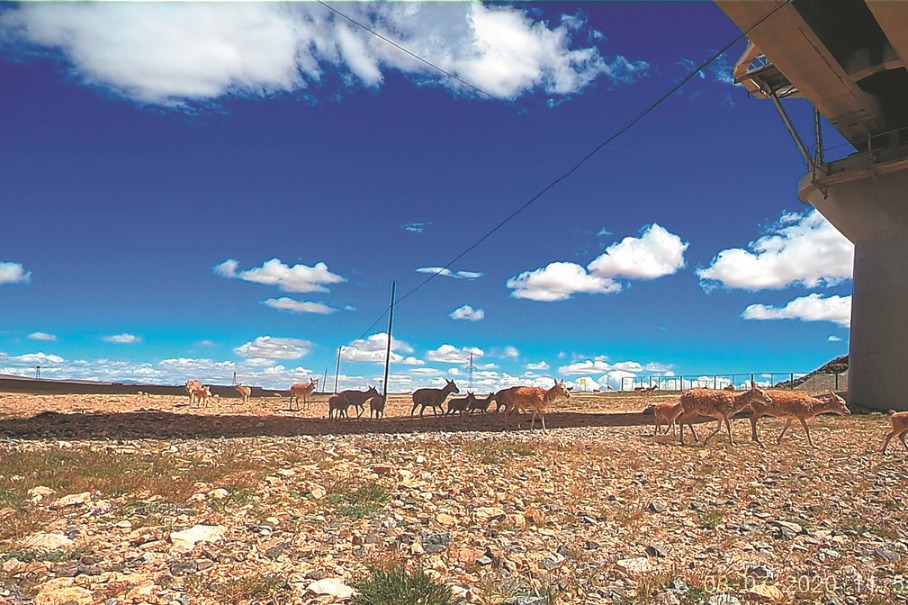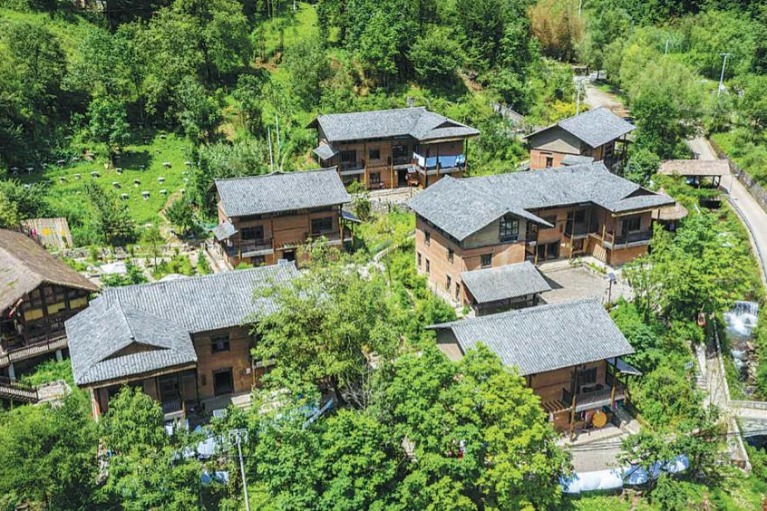Scientists tackle Arctic grit for climate change
Xinhua | Updated: 2024-07-11 06:29
ALESUND, Norway — In 1963, French geologist Jean Corbel established a small hut near Ny-Alesund, sparking modern research in the high Arctic of the Svalbard Islands in Norway. Since then, the former mining town has evolved into a global center for science, attracting countries like China to its research efforts.
"It was a very fine event," recalls Kim Holmen, special adviser at the Norwegian Polar Institute, reflecting on the founding ceremony of China's inaugural Arctic research station. China's Arctic Yellow River Station is located on the far east side of the town.
According to Hu Zhengyi, the current manager of the station, the institute mainly serves as a support for China's scientific monitoring and research work in various specialties. Hu's research centers on meticulously tracking glacial dynamics which is crucial metrics in understanding the impacts of climate change.
Glaciology is a young and relatively niche major in China, Hu says, adding that choosing it normally means that one would be working far from home in what sometimes can be a backbreaking job as it includes field research work on glaciers and trudging across frigid ice while carrying equipment weighing dozens of kilograms.
"This job is not for everyone," he jokes about the workload.
The Chinese station has been carrying out field research on glaciers for over 10 years, including monitoring and research on glacier material balance and movement.
Such studies help reveal the glaciers' response to global warming and provide an important basis for predicting the rise of the sea level, Hu says.
Other research on the changes in terrestrial ecosystems and studies on marine life contribute to a better understanding of the common challenges faced by humanity.
By gathering critical data on the Arctic ecosystems, the research efforts could contribute to developing better conservation measures.
"The problems we have in front of us are so big that none of us, regardless of how clever we are, could do it alone," Holmen says, stressing the significance of more scientific cooperation between countries.
Currently, scientists from over 10 countries are based in the town.
Holmen says this is a research town where scientists from all over the world meet, make friends, and build trust, which are essential for dealing with global issues.
"I believe it can make a difference in the world," he says.
























